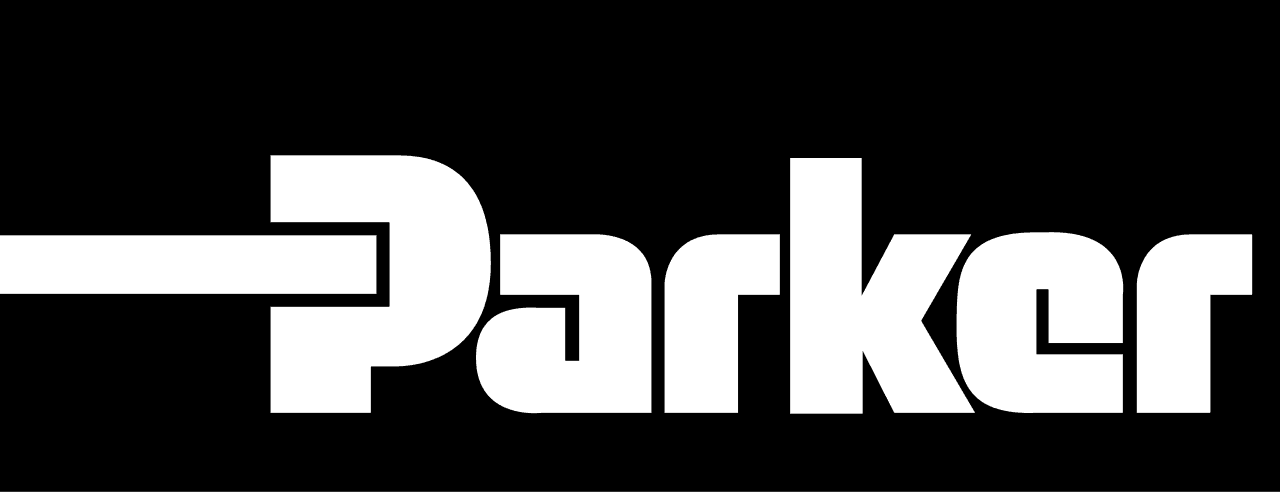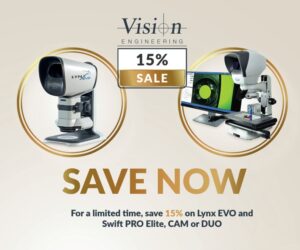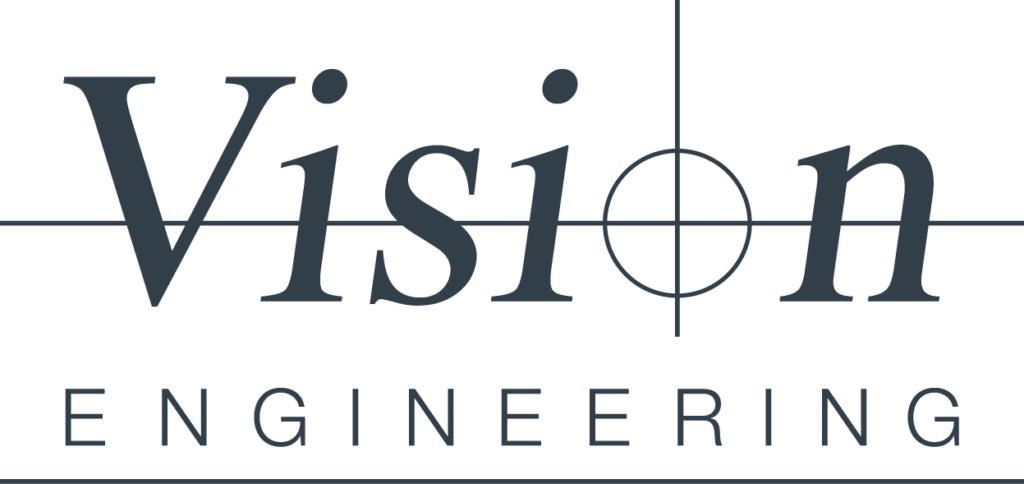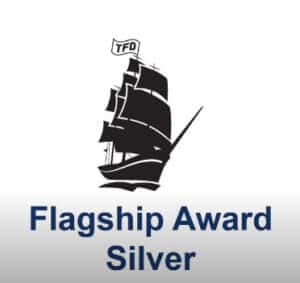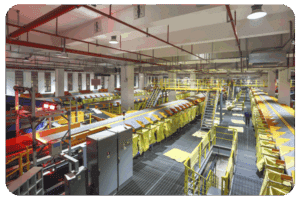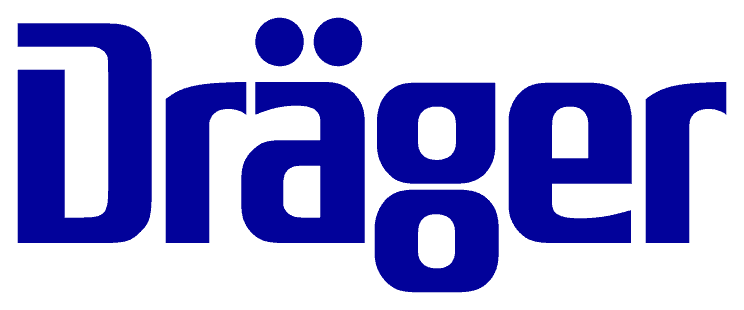
Contaminants in Waste Water
What puts the “ew” in “sewer”? Industrial solvents, liquid fuels, and a host of other chemicals that run through sanitary sewer lines, either from accidents or from being improperly disposed of. Once they make their way to the treatment plant or in the trunk lines, the place where they were originally dumped needs to be identified and contained. Additionally, some of these pollutants—especially fuels—are flammable. You’re going to need a monitor that will measure toxins at low levels (and most monitors don’t), so consider a Photo Ionization Detector (PID). The only thing it can’t do is distinguish certain organic vapors.
The PID is compatible with the Draeger CMS System that uses the popular dry chemical reaction system used in the popular Draeger-Tubes, but on a chip. It’s very specific as to the types of gases you’re measuring, and a breeze to use: There’s no calibration, because all the measuring and calibration is on a bar code on the CMS Chip. A data recorder captures all the concentrations and has a time/date stamp, and there’s a remote sampling system designed specifically for confined entry situations.
Odor Detection and Measurement
There was a time when wastewater plants were far away from residential areas, but with expanded development that comes from population growth, that’s no longer the case. Hence, the need for odor-controlling chemicals in sludge ponds and lagoons. But odors can still escape. And when they do, well, there goes the neighborhood.
So how do you measure odor-causing gases accurately? Accurate being +/- 0.02 to 0.05 ppm? With the Draeger CMS System that has more than 55 chips to measure a wide variety gases and vapors, as well as chemicals used in dechlorination, denitrification and disinfection. Working with the CMS Analyzer, the CMS Chip measures odiferous substances at very low levels. You can take precise measurements with a mass flow controller, and don’t worry about making mistakes, because the photo-optical technology removes human error. The CMS also checks for leaks electronically before you take a measurement—and you can take as many as 100 using to AA alkaline batteries.
Entering Confined Spaces
When you first enter a tight area in a wastewater treatment facility, you’ll want a monitor that’s small, lightweight and waterproof that will detect combustible gases, such as O2, CO and H2S. The Draeger X-am 5000 fits the bill. All of its joints are sealed with gaskets, so water and dirt can’t get inside; if necessary, you can add a rubber boot for an added layer of protection. Best of all, the X-am 5000 is convenient, because of its all-in-one design that includes a built-in remote sample pump. And it’s easy to use. Three large buttons turn it on and off, access routine functions, such as fresh air calibration and let you know when an alarm goes off.
Speaking of alarms, the X-am 5000 will give you plenty of warning when there are unsafe conditions. It has a pre-alarm, a message on the display and no less than three kinds of actual alarms—audio, visual and vibrating. The monitor also comes with an optional datalogger, if you want to keep a record of all the gases you measure.
Measuring Gases in Anaerobic Digesters
Methane (CH4), Carbon Dioxide (CO2), Hydrogen Sulfide (H2S) . . . when these gases appear at high levels, while oxygen appears at low levels, as is often the case in wastewater facilities, your gas monitor can go on the fritz. Unless you have a Draeger X-am 7000 Monitor. Its Infrared sensor (IR) doesn’t need oxygen to detect methane, which it can measure in 0–100 percent LEL and 0–100 percent volume, and is impervious to sulfur-bearing compounds. If you need to measure levels of Co2, O2, or H2S, there are sensors for each. In fact, there are 25 different sensors compatible with the X-am 7000. The monitor is also dustproof, and waterproof (even when submerged) and comes with a protective rubber boot. An internal pump can draw samples from up to 150 feet away—ideal for any sewer, pumping station or well.
SCBA
High levels of toxic gases, whether hydrogen sulfide or carbon dioxide, and the low levels of oxygen that are common to wastewater treatment, require maximum respiratory protection. The Draeger ProAir Evolution SCBA has got you covered. It’s ergonomic and lightweight, comes with a carbon fiber backplate and adjustable straps that allow you to move about freely and comfortably. It works well with the Panorama Nova mask, constructed to conform to all face sizes and takes compressed air cylinders that last from 30, 45 and 60 minutes. And breathe easy knowing that the ProAir Evolution is NIOSH-certified and comes equipped with a high-performance pneumatic system—the same one used in Draeger’s fire fighting unit—and backed with a lifetime warranty.



